Part Analysis
| General Data | |
| Manufacturer (OEM) | CWT |
| Platform Model | GPW |
| PCB Type | Single-Sided |
| Primary Side | |
| Transient Filter | 2x Y caps, 1x X caps, 2x CM chokes, 1x MOV , 1x CAP200DG (Discharge IC) |
| Inrush Protection | 1x NTC Thermistor SCK-056 (5 Ohm @25°C) & Relay |
| Bridge Rectifier(s) |
1x GBU1506
|
| APFC MOSFETs | |
| APFC Boost Diode |
1x CRXI06D065G2
|
| Bulk Cap(s) |
1x Chengx (400V, 680uF, 2000h @ 85°C, AP)
|
| Main Switchers |
4x Silan Microelectronics SVF20N50F (500V, 12.6A @ 100°C, Rds(on): 0.27Ohm)
|
| APFC Controller |
Champion 6500UNX
|
| Resonant Controller |
Champion CM6901X
|
| Topology |
Primary side: APFC, Full-Bridge & LLC converter
Secondary side: Synchronous Rectification & DC-DC converters |
| Secondary Side | |
| +12V MOSFETs | 6x Infineon BSC014N04LS (40V, 100A @ 100°C, Rds(on): 1.4mOhm) |
| 5V & 3.3V | DC-DC Converters: 4x SPN3006 (30V, 57A @ 100°C, Rds(on): 5.5mOhm) PWM Controller(s): ANPEC APW7159C |
| Filtering Capacitors | Electrolytic: 11x Chengx (2,000 @ 105°C, GR), Polymer: 9x CapXon, 3x Elite, 3x Chengx, 2x |
| Supervisor IC | IN1S4291-DCG |
| Fan Model | Martech DF1202512SEHN (120mm, 12V, 0.42A, Rifle Bearing Fan) |
| 5VSB Circuit | |
| Standby PWM Controller | Power Integrations TNY2907PG |
The OEM is Channel Well Technology (CWT), and the platform’s code name is GPW. This platform is below the CSZ and GPX in terms of cost and performance, with the first being the most popular ATX v3.x platform.
There is an open (cut) PCB trace leading to the D20 SBR, which shouldn’t be like that since it is intact in the 750W and 650W models. This happened because we had the -12V short-circuited for a prolonged period, so the corresponding foil couldn’t handle it and broke.
Some might wonder how a full-bridge platform can be less expensive than a half-bridge CSZ platform. Well, the answer is simple. CWT used four lower-quality FETs, which cost less than two high-quality ones, dropping the production cost. Moreover, in this unit, the fan is provided by a budget OEM, Martech, instead of the usual one that CWT has, Hong Hua. I cannot say that I am fond of Martech’s products.
The FETs on the primary side are by Great Power and Silan, two less-known manufacturers, not as well known as Infineon. The bulk cap is by Chengx, a huge cap manufacturer that handles the production of some of the top Japanese cap brands. On the secondary side, the 12V rail is regulated by Infineon FETs, and a pair of DC-DC converters generate the minor rails. The filtering caps on this site are by Chengx (electrolytic and polymer), CapXon (polymer), and Elite (polymer). I wouldn’t worry about the capacitor quality, but I am worried about the fan’s reliability in the long run. This PSU comes with a ten-year warranty, which I cannot be sure whether this fan will be able to outlive, especially under non-optimal conditions. Yes, it uses a rifle bearing, which is way better than a plain sleeve bearing, but still, this manufacturer’s products are not considered as good as Hong Hua’s, for example. A simple fan change can bump the price by several dollars, though, which can affect the production cost notably.

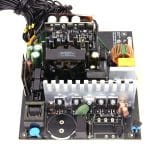

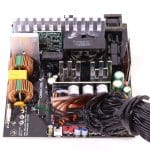
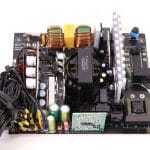

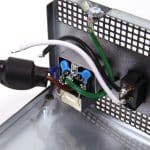
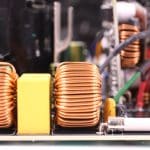
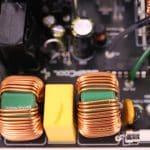
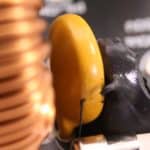
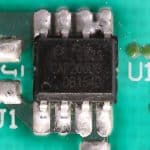



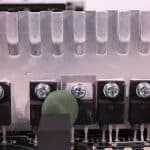
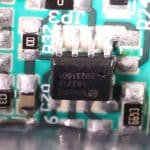
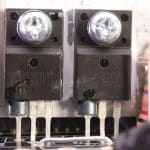
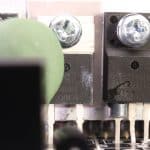
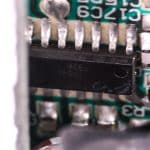
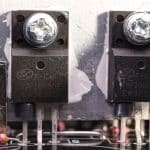
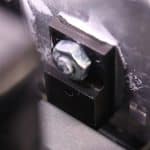


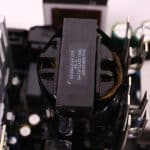
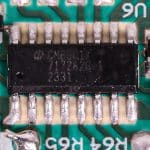

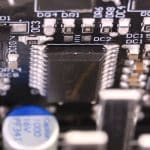
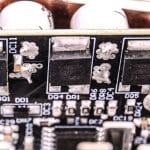
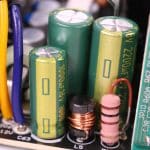
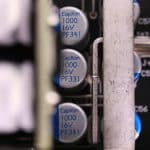
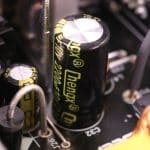
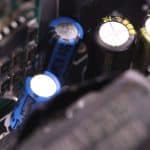

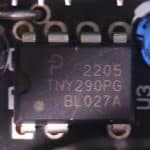
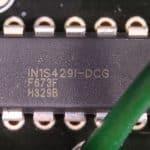
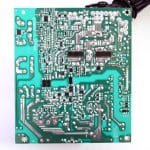
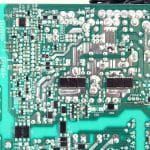
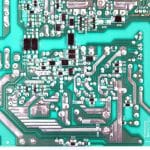
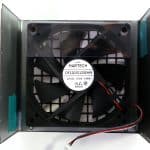
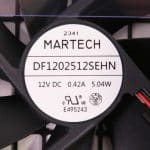


Hey. I bought this PSU for my new Pc build which has a rx 9070 xt and a Ryzen 5 9600x. I got it at around 75 dollars ( I don’t live in US so converting it). After reading your review and also noticing the limited reviews available online for this product. I wanted to ask if it’s okay to use this for a year or so after which I would be getting a new PSU so that hopefully it lasts longer. Also is this PSU safe enough so that my other components like GPU don’t get damaged hopefully.
Hi Aris. Please look with more attention on PCB back side, is a broken copper circuit (close to D20). How is that possible? Protection circuit not working on all voltage rail?
Thank you! I will check it. Some of this damage may be inflicted by my engineers.
Yes, it is not working at -12V most likely, but I will look into that, thanks again!
Thanks as always for the review, Aris! This unit appears to be similar to the PM-D except with Deepcool’s square grille pattern; the PM-D has been very affordable in many countries, so it is good to see that it is decent enough to use.
The idea of somewhat budget, high-power and ATX 3.x compatible PSUs is interesting to me because, at least in my mind, by the time you have a 3090 or something else that might justify getting an 850W power supply, your PC should be high end enough that the extra $20-30 for something like the excellent PX-G line might not matter.
Still, I think that especially in the future, there might be a niche for these, as once the 3090 and 3090 ti become older, they will become more available on the used market, which will make them promising midrange options that will still have the same power requirements. I think that something like this can fill that niche very nicely.